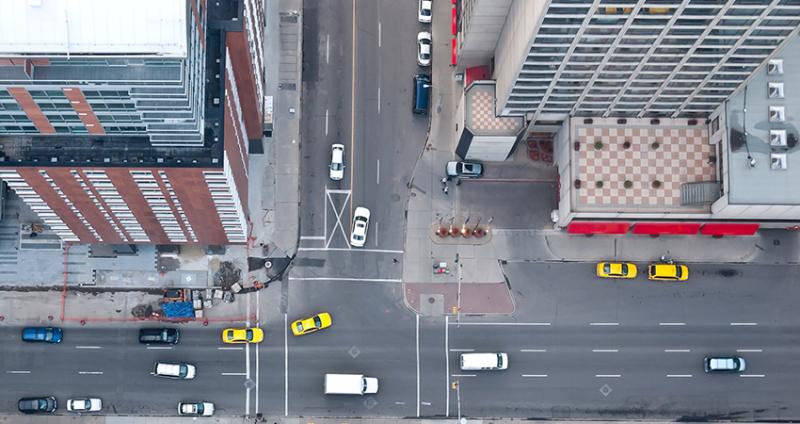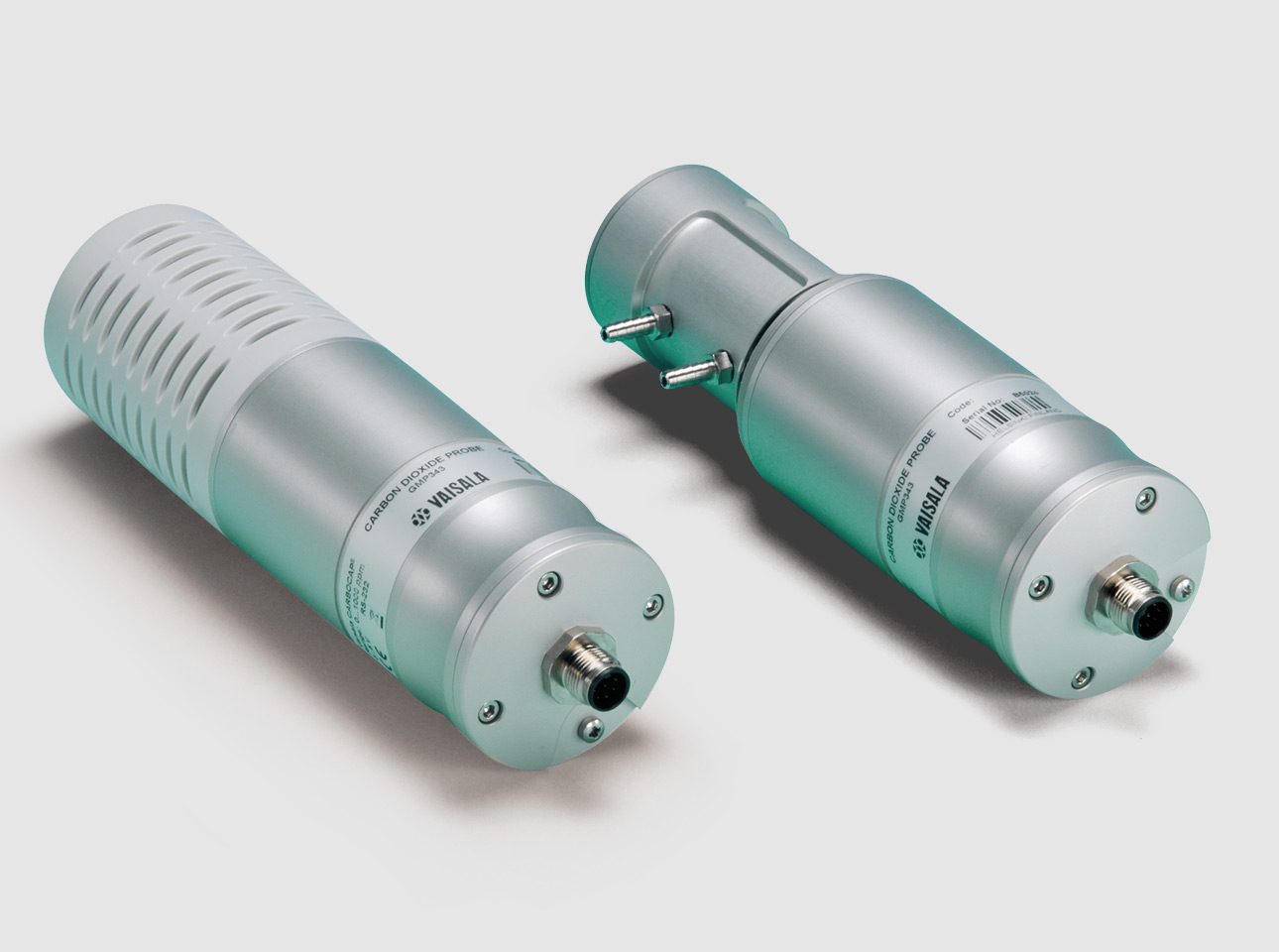CARBOCAP® Technology aids innovative research on carbon emissions
As human populations are increasingly urbanized, the study of air pollution has become crucial to understanding the effects of urbanization on air quality. Air pollution affects human and non-human animals, agriculture, aviation, manmade structures, as well as marine and other sensitive biomes. Working in Canada and China, Dr. Ke Du and his research team study global and regional air quality. Dr. Du is an Assistant Professor in the Department of Mechanical and Manufacturing Engineering at University of Calgary’s Schulich School of Engineering. His primary research includes measuring emissions, optical remote sensing of air pollutants, identifying sources of aerosols that contain carbon in urban haze, and creating 3D models of the greenhouse effect and other atmospheric phenomena.
Rugged sensors for sensitive research
Through studying and modeling the behavior of CO2 in urban emissions, Dr. Du and his team hope to find new and cost-effective mitigation strategies for air pollution. In the field, the team uses the Vaisala GMP343 CO2 sensor and the MI70 measurement indicator. Dr. Du chose Vaisala’s CO2 sensors because of the superior accuracy they offer; a resolution of ±3 ppm + 1% of reading, as well as a robust design that can stand up to the demanding research method.
In 2014, Atmospheric Environment published this research in the article: “Vertical distribution of CO2 in the atmospheric boundary layer: Characteristics and impact of meteorological variables.” For this study, a Vaisala GMP343 probe was used to create profiles of CO2, and a Kestrel 4500 Weather Meter was used to create concurrent temperature, pressure and relative humidity profiles to study the impact of meteorological variables on the vertical distribution of CO2 in the part of the atmosphere that lies closest to the earth. The sensors were attached to a tethered balloon at a suburban site in Xiamen China, and released to gather data. Xiamen is relevant to this research because the area is undergoing fast urbanization.
Elevation means less CO2
This was the first study to characterize the vertical distribution of CO2 and investigate the causes of different types of vertical profiles in low urban atmosphere. Most of our current understanding of the behavior of CO2 comes from research conducted very near ground level or from very high altitude. When creating a profile of CO2, the height at which the measurement is taken counts. There is a gap of high resolution monitoring in the layer of atmospheric boundary layer (typically from the ground to 1000 m in height). Such information is essential for modeling the climate effect of CO2 in urban areas.
Tethered balloons that rise to a maximum height of ~1000 m are a cost effective solution for sampling longer times, to a relevant height, providing a higher resolution set of measurements, and therefore a more accurate profile. The data on vertical distribution of CO2 is also important to help calibrate and validate satellite measurements of CO2.
The data indicated a slow decrease in CO2 concentration with increasing altitude. The vertical profiles were then used for regression analyses to provide an exponential decreasing of CO2 with altitude. The team found that CO2 concentration exhibited a daily pattern that was more obvious at ground level than at high altitude. This was because of the variation of sources and sinks of CO2 at ground level.
Regarding measurement accuracy, the Vaisala GMP343 was a good instrument because CO2 ppm output is dependent on pressure and temperature. The sensor has built-in options to compensate for temperature, pressure, and relative humidity.
3D modelling helps evaluate CO2 impact
The results of the field work can be used to create 3D dispersion models – computer programs that use algorithms to show how pollutants behave in our atmosphere. These models will aid in the understanding of the distribution, movement and impact of CO2 in urban environments.
Highlights from the Study
- 0 to 1000 m vertical profiles of CO2 with daily variations were recorded.
- The impact of daily variation of ground CO2 was restricted within 300 m.
- Three profile structures were observed under different meteorological conditions.
- An equation for CO2 vertical distribution was obtained.
Dr. Du has published other papers on CO2 profiling in Chinese journals; one on fixed sensors in urban and rural areas for long-term monitoring, the other on a mobile monitoring method where he attaches the CO2 sensor to his car and drives through urban areas. This research not only builds our knowledge of the characteristics of air pollution, but can guide regulatory authorities in solving the challenges created by air pollution caused by emissions.
According to the US Environmental Protection Agency: “The health, environmental, and economic impacts of air pollution are significant. Air pollution also reduces agricultural crop and commercial forest yields by billions of dollars each year.”
With more research into air pollution, governmental agencies are better equipped to make positive changes in terms of policy, as well as gain better understanding of how to create and optimize solutions that will reduce the impact of harmful emissions.
Learn more about our carbon dioxide measurements and the GMP343.

